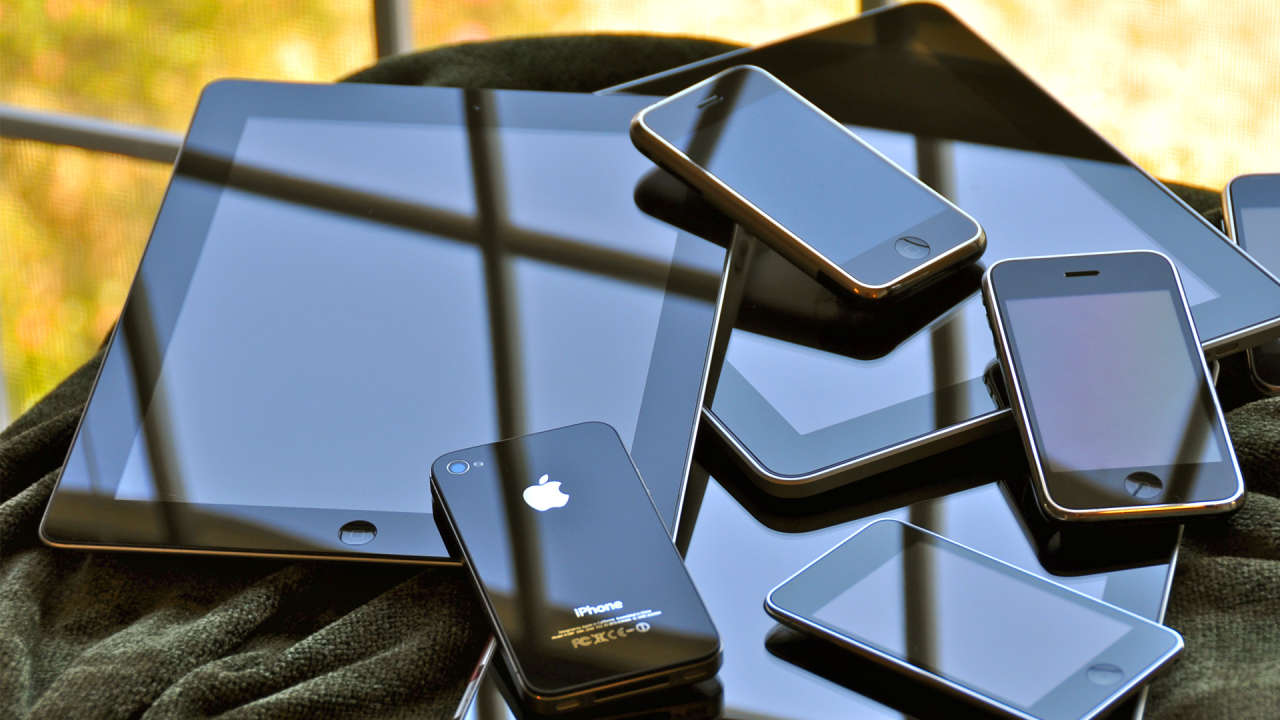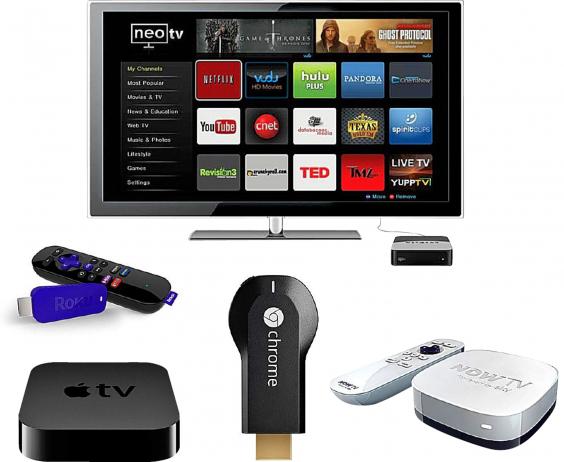 |
| Not all the reviews of gadgets are the same or deserve the same attention |
As
you know who have read my columns over the years, I have been involved
in the PCS industry since the beginning. I joined Creative Strategies in
1981 and one of my first projects was as a consultant for IBM in the
IMB PC. In 1982, Kaypro, Osborne computer and Compaq gave birth to the
PC clones market and the business took off.
OpinionsLos
PC vendors presumed the Clones ' performance, and this led to the
techies deciding to test them. Unfortunately, their tests were not
consistent, some contradicted and only generated confusion for potential
buyers.
By
the mid 1980s, key publications like PC Magazine, created their own
labs to test the products and standardized tests arose, such as PC
Bench, Futuremark, 3d bench and battery mark. This provided accuracy and
good sense to the testing process, which in turn helped consumers make
informed decisions.
But
we'll go the time until today. Device tests in some corners of the
network now have a wild element. Some use extreme methods that do not
look like what consumers experience in their daily lives.
During
the controversy of the iphones that were dubbed, for example, some
enthusiasts took iphones, Samsung Galaxy phones and even blackberries
and crushed them. Then they published in the social networks that these
doubled. Others used their hands to generate great pressure on both
sides of the devices, ensuring that this proved that the smartphones
were flexible. It's not exactly about scientific evidence.
Now
you can see people doing tests with knives, scratching the screens of
smartphones or tablets, and them on the networks as if it were something
rigorous. Bloggers then retake these tests and publish them themselves
without any scientific backing.
In
the spring, Corning held an event at its Palo Alto facility inviting
the media and analysts to their testing labs. This demonstrated its
scientific approach, using special equipment that simulates the daily
use of a smartphone. According to experts, sensible tests must have at
least four elements.
Suitable
sample size. The fact that you can make something happen once is good
for a video, but it's not science. In meaningful tests, you should be
able to replicate conditions and actions and show that the phenomenon
not only occurs, but is consistently repeated. How many times? That is
debatable, but most experts would agree that the more a phenomenon
occurs, the more reliable the test is.
Consistent
results. Then serious product tests require the same phenomenon to
occur when the rest of the factors are the same. Same product, same
source, same conditions, same stress factors. Choose a product from one
site one day and then another from another site the next week is not
enough. There are too many variables that could influence the outcome.
Simulate
real-world situations. Third, testing must simulate real events. There
are not many people who fire their tablets or smartphones. They don't
even decide to take knives to scrape the screen. Most often the phone is
in the jeans pocket, or in a suitcase or purse. The right tests are
focused on replicating real-world events.
Scientific
correlation. Do not confuse correlation with causation. There is a
question of cause and effect. It's not a trivial matter. It's good to
identify a phenomenon. But it is only useful if the test allows you to
understand why the phenomenon occurred.
At
present, anyone can test a product and use extreme methods to obtain
any results that they seek. But if consumers are smart, they will seek
evidence from professionals who adhere to strict scientific guidelines
and use these tests to help them make informed decisions.






